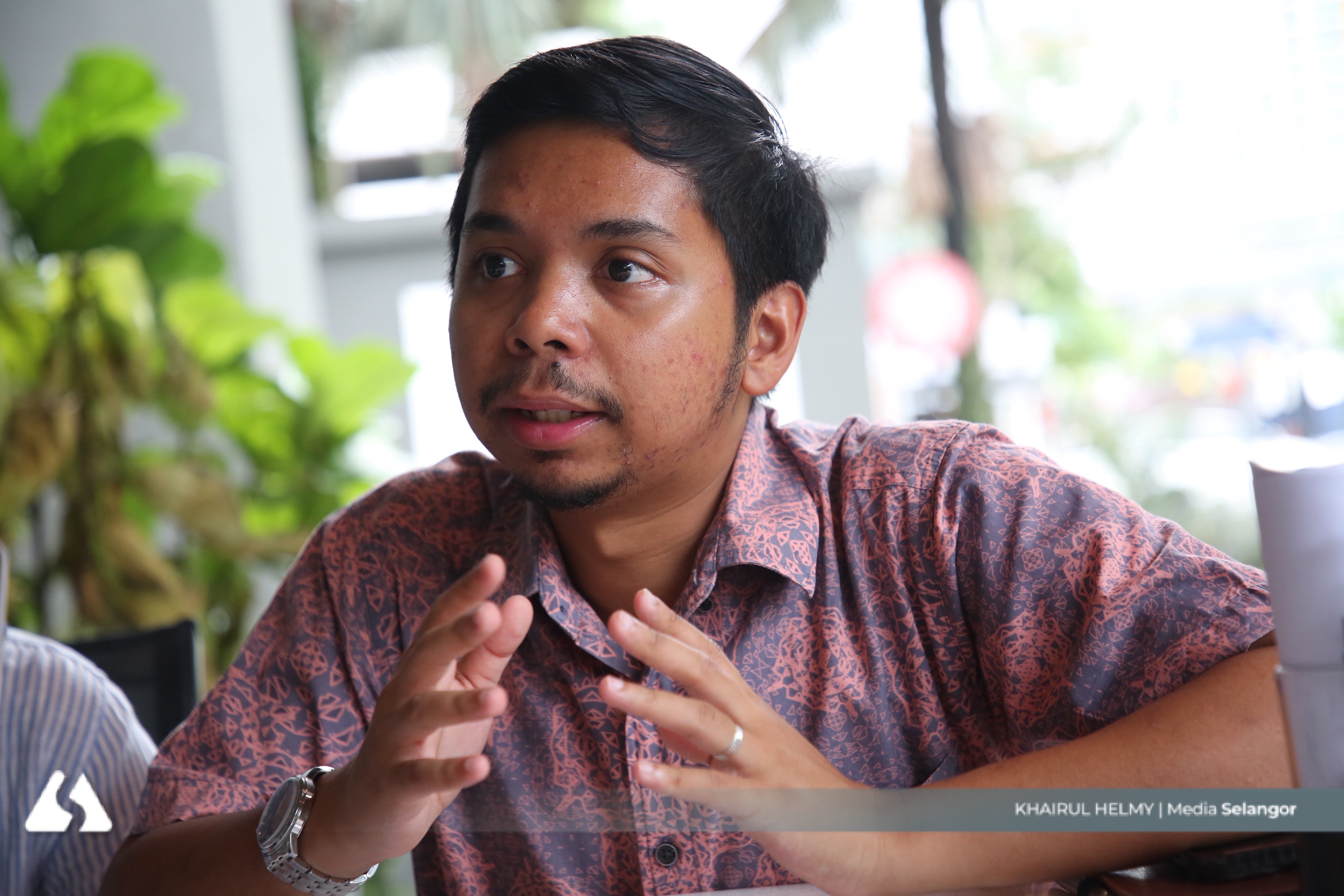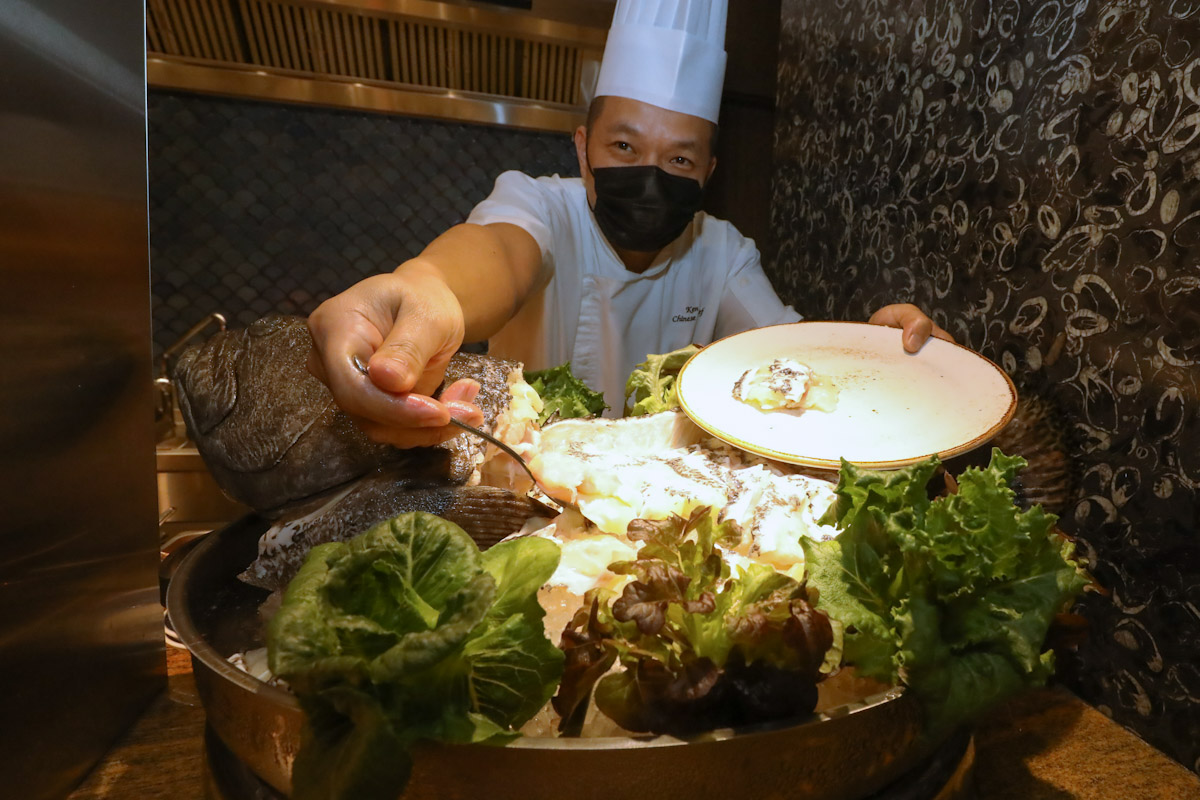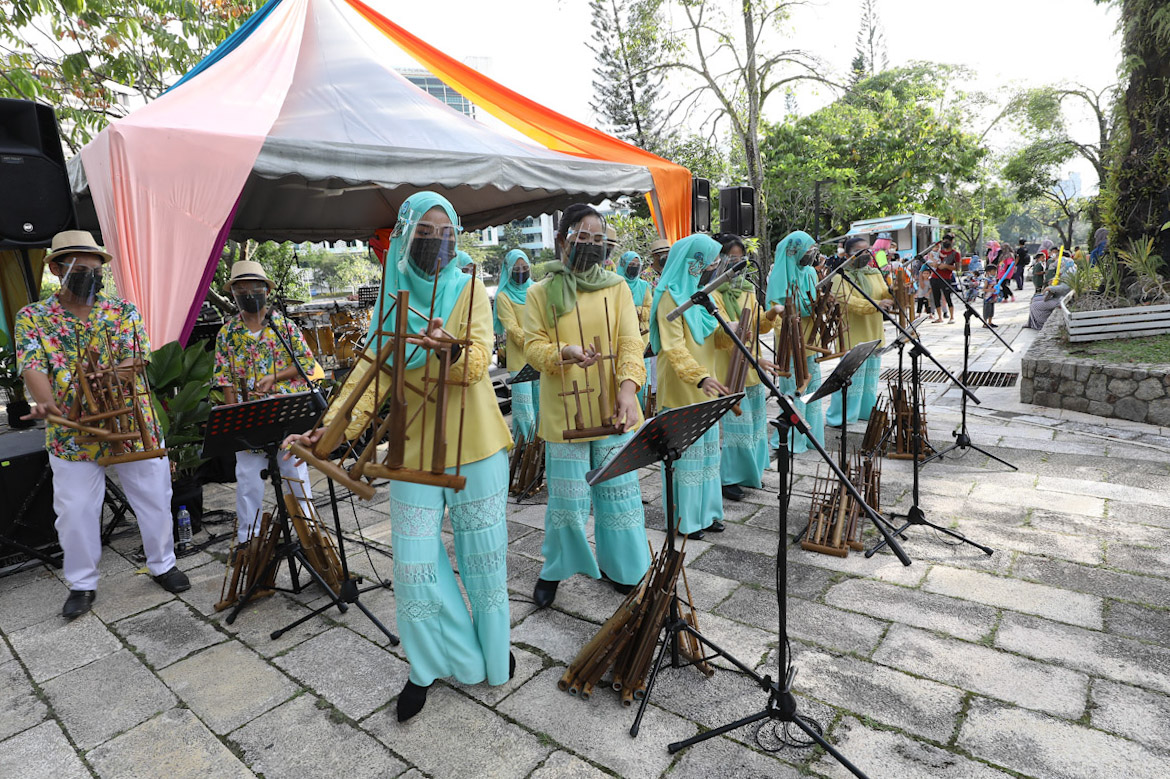SHAH ALAM, Sept 20 — The Selangor Youth Community (SAY), founded in 2017 under the patronage of Raja Muda of Selangor Tengku Amir Shah, is expanding its mission beyond youth empowerment to tap the state’s creative economy.
SAY chief executive officer Aiman Syafiq Nazri said the non-profit organisation is working with the Selangor government to bridge long-standing gaps and unlock the sector’s potential.
He said while creative industries are recognised at the federal level, Selangor has little data on how the sector — encompassing animation, gastronomy, heritage, and music, among others — contributes to the state’s gross domestic product (GDP).
“Selangor has never really examined its strengths or measured how much this sector contributes to the state. That’s where we came in, to bridge the gap,” he told Media Selangor in a recent interview.
Aiman said SAY has been tasked by the state government with engaging creative practitioners and collecting feedback on the challenges and needs of the sector through a series of focus group discussions.
“Our role is to speak to the practitioners across industries, from animation to heritage and culture, to understand what they truly need. If the state wants to draft a policy, we can ensure voices from the field are brought to the table.”
He said among the main challenges faced by many creative entrepreneurs is not a lack of talent, but weak financial structuring and low investor confidence.
“The creatives we met are experts in their craft, but when it comes to managing finances or accounts, things are not well-structured. That is why investors are not too keen. What we are trying to do is build their capacity so they can become bankable.”

Shaping policies for creatives
To boost Selangor’s creative economy, Aiman said the state is expected to outline a clearer direction for the sector during the upcoming Selangor Creative Economy Expo, to be held on September 23 and 24.
The expo will highlight the state’s creative strengths, including its award-winning animation studios and local culinary talents.
“The expo will not just showcase what Selangor already has, but also share the next steps. From our discussions, we have identified what creatives need, be it training, grants, or incentives, and the state will use these to provide more targeted support.”
Aiman said Selangor’s move to now also focus on the creative economy is timely, considering the sector holds massive potential.
“Menteri Besar (Dato’ Seri Amirudin Shari) sees that there is a real opportunity for the creative economy to become a major contributor to Selangor’s GDP. Our role is to ensure the community is prepared for that shift.”
For SAY, Aiman said, the creative economy is not merely about numbers but about giving young talents real platforms to grow, something that has always been part of the organisation’s arts and culture efforts.
He noted that independent bands like FUGO, first discovered through SAY’s grassroots showcases, have since gone on to perform at national events.
“We hope the platform we provide will give them greater exposure and open more opportunities to perform,” he said.
Aiman added that SAY focuses on running meaningful programmes, stressing the importance of building impact gradually while ensuring long-term sustainability.
Despite its expanding role in youth empowerment, he said SAY operates with a limited manpower of just 12 to 15 people, with each department often running like a “one-man show” supported by interns, part-timers, and community volunteers.
“We aim to make as big of an impact as possible with minimal resources. It’s not about creating siloed programmes, but about complementing others and filling in the gaps,” the CEO said.




